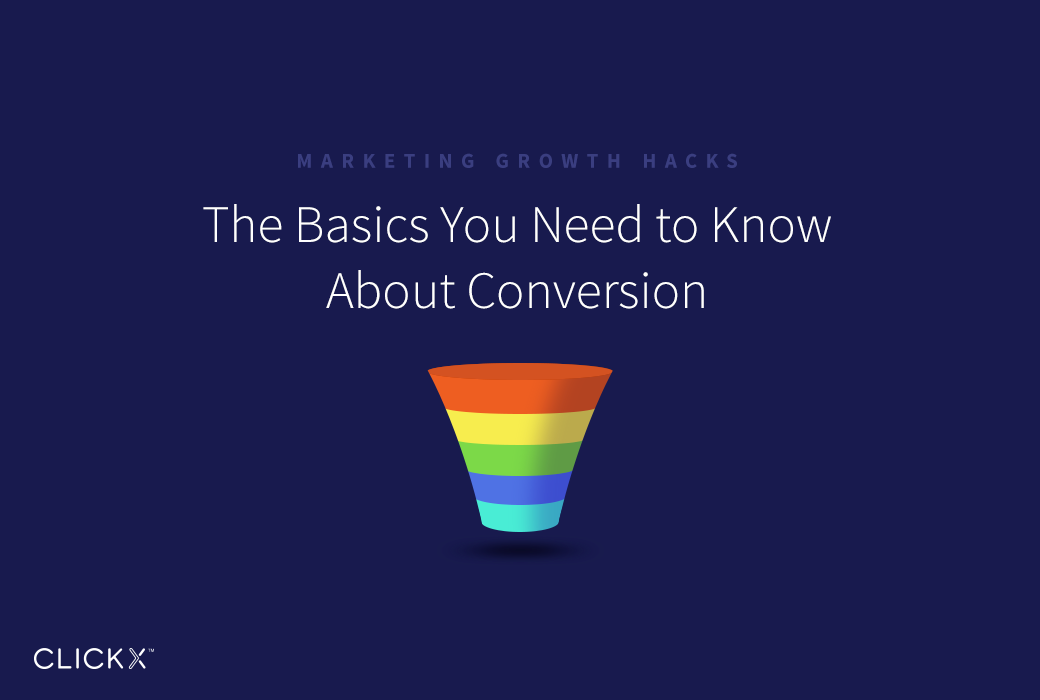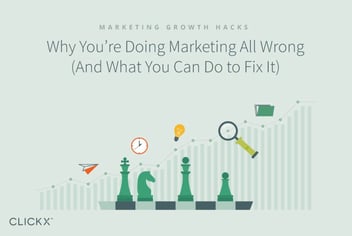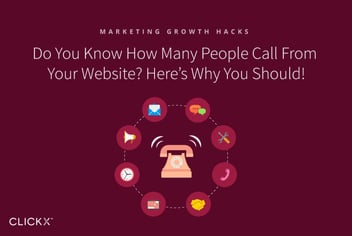The Basics You Need to Know About Conversion
In marketing, conversion is when a user, reader or targeted individual follows through with the call to action. In an email marketing campaign, that might mean when a reader opens the email and clicks a link within. In an online advertising campaign, that might mean when a person sees an ad on the sidebar and clicks on it. Conversions are key, and they are often the primary objective when implementing SEO strategies and marketing campaigns. Let this serve as your guide to understanding the basics of conversion, what factors inhibit conversions and what can be done to boost conversion rates.
Understanding Conversion
Conversion can mean a variety of things within the scope of marketing. For a for-profit business, a conversion might imply that someone has gone from a casual browser to a paying customer through a sale. For a political organization, a conversion might mean going from someone who sees a link on social media to a person who clicks on that link and then “likes” a certain political candidate as a result. Overall, however, a conversion is when someone completes the action you hope they will take.
Conversions can be small or they can be large, and they can also be interconnected. For instance, sending a single email might result in four different conversions. The first conversion might be when the recipient receives the email, reads the headline, and decides to open it up in their inbox rather than immediately press delete. The second conversion might take place when they read through the content and then click a link in order to read more on your website. The third conversion could be when that same person gets to your website and submits their information in order to access past content or to subscribe to upcoming content. The fourth and final conversion might be paying for additional content, a product you offer or a related service from your website.
[Tweet “Get back to the basics. Know how to convert your leads into customers! http://clickxstag23.wpengine.com/basics-about-conversions/ via @clickxio”]
Formats for Conversion
In the digital world, most conversions happen online. However, that isn’t to say they can’t happen in other formats as well. If someone sees an ad on Facebook or Twitter for a fast food restaurant, and then finds themselves eating there later in the day, some would argue that it was a successful conversion. However, there isn’t sufficient data or metrics to analyze these types of conversions. Other offline conversions might include phone calls to potential customers, with those who sign up or make a purchase counting towards the conversion rate.
For the most part, any talk of conversions and conversion rates is referring to the online world of marketing. Even here, however, there is plenty of room for format diversity. A conversion can come through an email, certainly, but it can also come from a blog post. Many of today’s conversions happen through social media, and particularly through major platforms like Instagram, Twitter and Facebook.
Finally, conversions may increase or decrease depending on the device that users are on when they read content, access blogs or scroll through social media channels. Increasingly, research reveals that conversion rates are lower when individuals are on their smartphones. This is likely because while smartphones are certainly convenient and ubiquitous, many users don’t want to open too many windows in a small screen or wait for a long loading sequence if they are only using a limited data plan. That is why it is important to factor in device type, distinguishing between desktop computers, laptops, tablets and smartphones, when determining conversion rates for any particular marketing campaign.

Addressing Conversion Rates
Clearly, it is important to define and identify what conversion means before you start worrying about conversion rates. A conversion rate is a buzzword in the marketing industry, but it essentially refers to the percentage of conversions that result from any particular action. If 1,000 people read your blog post, but only 30 click on the link in your call to action in order to learn more, then you have a conversion rate of three percent.
Conversion rates are a great number to watch, but they aren’t everything. After all, the type of conversion you are hoping for, and the format you are using, will heavily skew your conversion rates. Conversion rates for a Google search, for instance, will be significantly higher than conversion rates for a Google advertisement. That’s because users who search for something are already on the lookout for a service or product you offer, while an advertisement may or may not even reach the target audience. The ideal conversion rate simply doesn’t exist, although you can compare conversion rates by industry to get a feel for where your business should fall.
Factors That Prevent Conversions
Once you understand what a conversion is and why conversion rates matter, you can begin to work on improving the conversion rates for your own business. When a conversion is not achieved, it is known as a bounce. Therefore, your bounce rate is the percentage of users who leave, don’t click a link or navigate to a different website rather than following your call to action. By identifying some of the key factors that prevent conversions, you can determine if you are committing any of the most common marketing crimes, some of which may be costing you customers as well as profit.
A great place to start when identifying bounce rate factors is the quality of the links themselves. If you have error codes, faulty links or pages that load slowly, they merely need an IT fix rather than a marketing revamp. Another issue might be that you aren’t offering a clear path to conversion. If your call to action is vague, or if you aren’t providing readers with the necessary content information, then a conversion will be a lot more work for the consumer.
The way you offer a conversion can also play a role in whether a consumer, user or reader follows through. Poor design might be enough to turn someone off entirely, causing them to close the page. A subtle pop-up add-in form can be ideal to turn a lead into a conversion, but unnecessarily blinking, neon or obtrusive ads might be sabotaging your best marketing efforts. Poor content or a lack of urgency in the call to action may also be driving down your conversion rates.

Boosting Conversion Rates
Along with avoiding common errors, there are key ways that a business or organization can boost their conversion rates. To start, it is vital to have a clear, easy-to-navigate homepage for your website. This makes it easy to showcase your brand, and it means that potential conversions can recognize and identify the page immediately. You should also aim to promote an air of trustworthiness, or directly spell it out in a disclaimer. As an increasing number of individuals worry about fraud and identity theft, promising to protect customer details or billing information can go a long way. Other ways to begin boosting conversion rates might include creating instantly updating cart icons to remind users of their intended purchases, highlighted hyperlinks to clearly show users where to click to learn more and live chat functions so that anyone with questions can get answers right away before leaving the page.
With a thorough understanding of conversion, you will be ready to prevent common mistakes leading to high bounce rates, improve conversion rates and better understand the various conversion formats.




